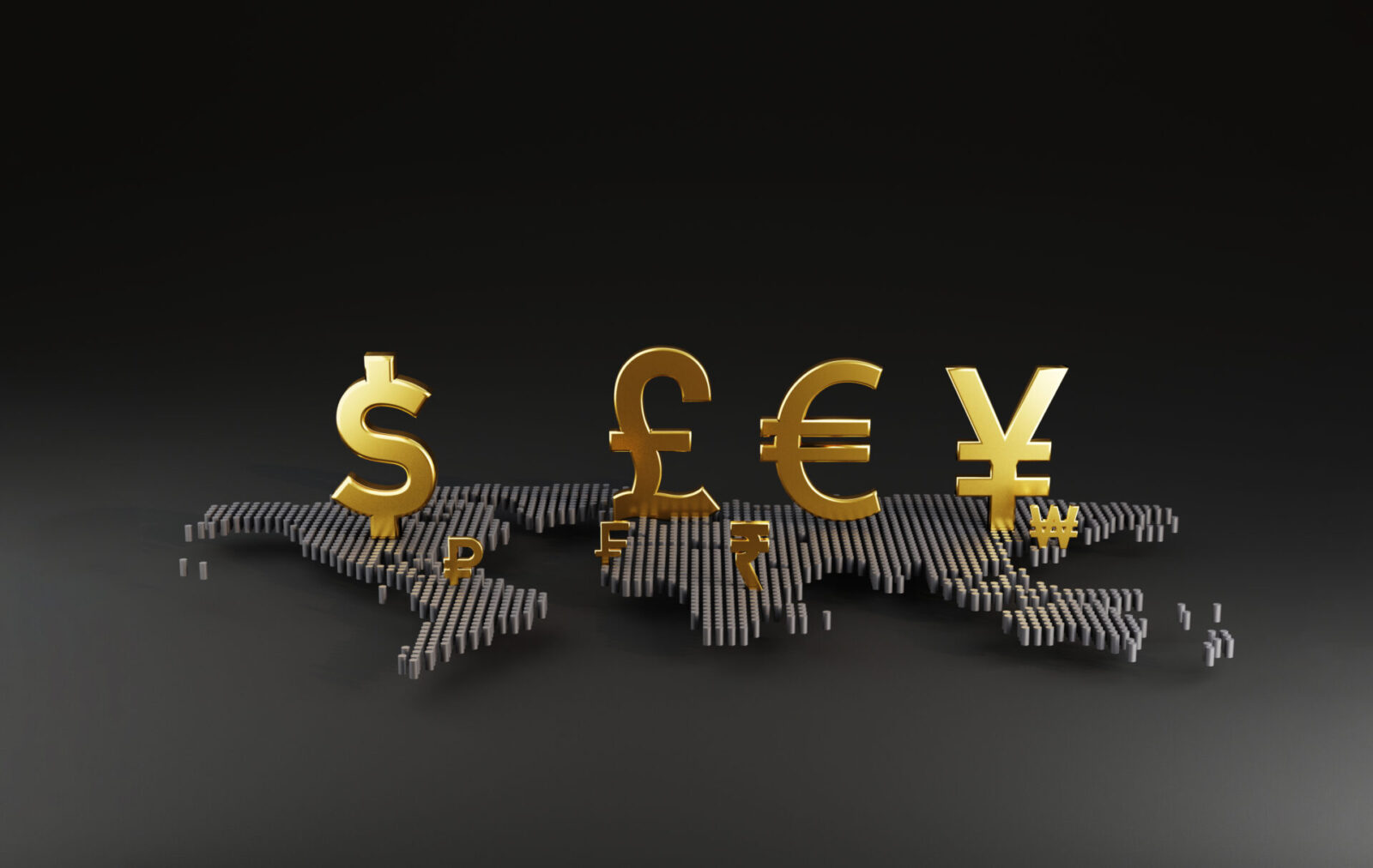
It has been another volatile week for the pound while the dollar and euro have made favourable gains, but what were the key market-moving economic and political events that impacted currency rates over the course of this week?
GBP
UK data has been largely dominated by the UK’s housing market this week with key releases from the Nationwide Building Society and the Bank of England (BoE).
House prices fell by 0.5% in February, making the first annual decline (of 1.1%) since June 2020, and drop of 3.7% from the peak in August. Mortgage lending was also down, by around 20% between December and January from £3.1bn to £2.5bn.
There have also been a number of key speeches from members of the Bank of England’s Monetary Policy Committee (MPC). The big one being yesterday’s speech from BoE governor Andrew Bailey whose relatively hawkish comments failed to boost the pound. (see more in Thursday’s Daily Currency Note).
Tomorrow sterling-watchers will be watching the final reading of PMI services and PMI composite data from the S&P. The flash reading surprised the markets with the highest level in eight months, to 53.3, helping sterling to gain nearly 1% against the euro. Investors will be watching to see if the final reading bears this out.
On the political front, Britain’s PM, Rishi Sunak, and president of the European Commission, Ursula von der Leyen, met on Monday and agreed the ‘Windsor Framework’ to finalise the Northern Ireland Brexit protocol. News of the deal helped to boost sterling against the US dollar and a few of its G7 competitors, but not as much as Brexit breakthroughs of the past. GBP/JPY accelerated following the Northern Ireland protocol and the optimism surrounding it, with the Japanese yen relinquishing gains against the pound.
Next week housing market data will dominate the first half of the week before the latest manufacturing data and the big GDP release on Friday.
EUR
Inflation data released on Tuesday revealed that numbers are still on the rise in key eurozone economies. France’s annual inflation rate climbed for a second consecutive month, to an annual 6.2% in February, while Spain’s preliminary estimates revealed a 1% increase compared to the previous month to an annual 6.1%, while Germany’s stayed level on 8.7%.
The failure to beat inflation supported the euro, as further aggressive tightening from the ECB looks likely. Even so, the betting remains on a 50bp interest rate hike markets have priced in for the ECB’s March meeting. For EUR/USD, the data helped the single currency to climb against the greenback. This was followed up by a euro rally (against sterling) on Wednesday morning as the combination of a hawkish ECB, higher inflation plus better-than-expected PMI from China, boosted the euro and saw GBP/EUR drop by around 1%.
Up next, eurozone PMI data will be the one to watch with releases scheduled on Friday for Spain, Italy, France and Germany.
USD
Fresh economic data on Thursday continued to point to a tight US labour market, which in turn raised bets that the Federal Reserve will keep interest rates higher for longer. Initial jobless claims unexpectedly declined last week, with the number of Americans filing for unemployment benefits falling by 2,000 to 190,000 – below market expectations of 195,000. In addition, labour costs for Q4 of last year were revised higher (double the market’s predictions). This fresh batch of data helped strengthen the US dollar against a handful of its rivals. The greenback climbed to monthly and yearly highs against sterling and the euro. The US dollar also hit a weekly high against the pound.
On the policy front, Atlanta Fed President Raphael Bostic and his Minneapolis counterpart Neel Kashkari were among some of the latest Fed officials to give hawkish warnings that interest rates must rise to bring down inflation. The two’s comments saw the dollar index (DXY), which measures the performance of the dollar against a basket of other currencies including EUR, JPY, GBP, CAD, CHF and SEK, strengthen to approximately 105 on Thursday.
Market participants will be keeping a close watch on economic data releases over the next two weeks, with all eyes on the Federal Reserve’s Chair Powell, who will deliver a key speech next week. Any hawkish comments from Powell are likely to please markets and have a positive impact on the dollar.
JPY
US data on Thursday paired with bets on a hawkish fed helped USD/JPY rally while the Japanese yen hovered at its lowest against the US dollar in over two months. Bank of Japan Governor nominee, Ueda, doubling down on the BoJ’s dovish monetary policy stance didn’t do the yen any favours either. Ueda added that a shift to tighter policy would only be necessary should inflation increase significantly.
In the coming days, yen-watchers will be paying close attention to decisions from BoJ which has its next interest rate decision, scheduled for 10th March. Before this though, the spotlight will be on the latest PMI and GDP figures from Japan which may move the currency in a slightly different direction.
If your business is exposed to foreign exchange risk or market volatility, call our team today on 020 7898 0500. We will be delighted to help you mitigate that risk and protect your business’ bottom line.

 020 7898 0500
020 7898 0500